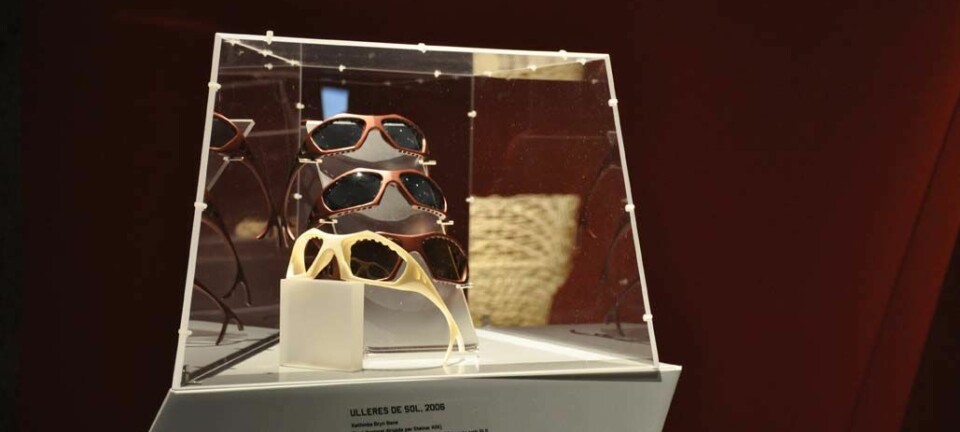An article from The Oslo School of Architecture and Design

Good service needs design
80 percent of company leaders think they deliver a superior service experience. However, only 8 percent of their customers agree.
Denne artikkelen er over ti år gammel og kan inneholde utdatert informasjon.
Service Design is now a hot innovation topic. Its customer focus, creative approach and result-oriented process combine to create new services that stand out from the competition.
PhD Candidate Simon Clatworthy at The Oslo School of Architecture and Design has looked into the role that service design can play in improving the innovation performance of a development team. He believes there is considerable room for improvement.
“Major decisions are made during the first stages of developing a new service and these can have a great impact on the project, the company and the customer. A team of people are usually brought together to find solutions within a short time scale. There is a competitive pressure to streamline these first stages, whilst at the same time, making sure that the right decisions are made by the team”, explains Clatworthy.
He has looked specifically at two areas of service design that can have a positive impact on the innovation process - touch-points and Service Personality.
Service encounters

Touch-points are the areas of contact between a service provider and their customers. For instance, if you want to find out your bank balance you can do this by calling your bank, using an app, internet banking, visit a mini-bank or a branch.
Every time a person interacts with a touch-point they have a service encounter, and it’s important that each encounter is positive.
“The inclusion of a new touch-point can have a strong influence on the service concept, for example the launch of an iPad digital newspaper can bring news closer to the customer in a personalised way. Touch-points should be considered a central part of the innovation process”, says Clatworthy.
He has developed a card-based toolkit to structure the touch-points and encourage innovation.
“The use of touch-point cards has a positive impact on the process. It assists and encourages the development of team collaboration, communication, the achievement of a common understanding, and shared vision of the object of development”.
Service personality
Clatworthy suggest a second contribution to provide support in the innovation process; linking the customer experience with the brand strategy of a company.
“In comparison to products, you often find people involved in the delivery of a service - whether it is in a shop, on the phone or through discussions on Facebook. The way these people behave, in addition to how the service is structured, means that we can relate to services as if they have a personality”.
“Most service providers overlook this fact but the successful new services design this personality into their service offering very carefully, so that all of the service touch-points fit together to convey the same meaning. This gives a clear and reinforcing message to customers about what the service offers and what you as a customer will gain from it. The link between the service personality and the customer experience is therefore a significant topic in service innovation”, says Clatworthy.

































